 When I was growing up, my mom always had a jar of preserved kumquats on her windowsill, just waiting for someone with a sore throat to soothe. I don’t remember eating them that often back then, but when I left for college and then grad school, my mom would pour some out into a jar for me to bring along.
When I was growing up, my mom always had a jar of preserved kumquats on her windowsill, just waiting for someone with a sore throat to soothe. I don’t remember eating them that often back then, but when I left for college and then grad school, my mom would pour some out into a jar for me to bring along.
It was only when I got sick that I’d remember I had these stashed away somewhere in a forgotten corner of my fridge. Then I’d take out a couple, smash them in a glass, and add some hot water and honey. I swear this easy little home remedy soothes the sorest of throats better than any lozenges or tea or medicine.
Now, with the air quality what it is in Beijing, sore throats, coughs, and colds are very common for us. So I decided I’d attempt to make my own salted kumquats to have on hand. Thank goodness, because we are just emerging from a nearly 2-week stretch of dreadful air quality in what has been dubbed a “nuclear winter.” Thankfully, we have done better health-wise this winter than last, and a little sore throat has been manageable compared to the previous year, especially with some preserved kumquats around (not to mention plenty of Emergen-C, Sudafed, and salt rinses)!
There’s no real recipe for this. Just look for an air-tight jar, wash it well, and give the kumquats a good scrubbing too. Then, alternately layer kumquats with a decent-quality coarse salt (I used kosher salt) until you’ve used up all of the fruit or reached the top of your jar. Let the salted kumquats sit for at least a few months, but ideally a year or more. The longer the better. During the first few days and weeks, turn the jar upside down or give it a gentle shake to redistribute the salt now and then.
Note: Growing up, my family never paid any particular attention to proper canning or storage methods. I actually didn’t bother doing more than a regular cleaning here because we’ve always used our preserved kumquats on an ongoing basis over a duration of years, so we don’t actually vacuum seal the jar. My parents always just kept their jar of salted kumquats on the windowsill, even after opening, for year after year, though I’ve tended to keep mine in the fridge just in case. We’ve never had any problems with spoilage. I think that Mediterranean salt-packed capers are stored similarly. But if you feel more comfortable, feel free to follow proper canning methods and sterilize the jar if you like. Preserving recipes usually tell you to store jars in a dark, cool spot, and after opening, in the fridge. They also say to use canned goods within a year, or within 6 months after opening, but that piece of advice pretty much defeats the point of these preserved kumquats, which are supposed to be more effective as they age. (I found mention of some kumquats here that have stored for 8 years!) Usually, we would tend to use ours up before they’ve had time to get too, too old. But as always — use your own good judgment. :)
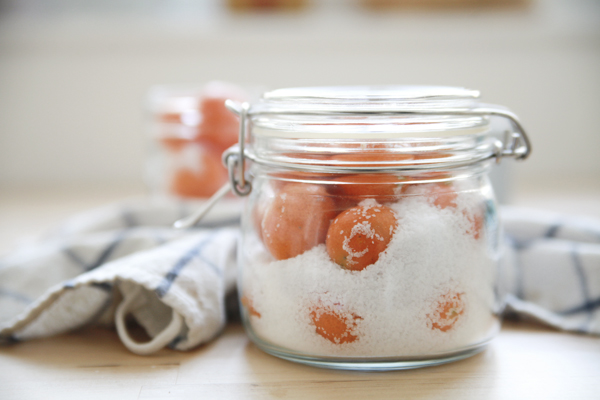 Below is what my salted kumquats look like after 5 weeks. I didn’t put any water into the jar, so all the liquid you see here has been released by the fruit itself. At this point the kumquats have started shriveling up and getting darker in color, but they are still hard to break apart with a spoon. You can start using them, but they are not as effective as having preserved for longer.
Below is what my salted kumquats look like after 5 weeks. I didn’t put any water into the jar, so all the liquid you see here has been released by the fruit itself. At this point the kumquats have started shriveling up and getting darker in color, but they are still hard to break apart with a spoon. You can start using them, but they are not as effective as having preserved for longer.
To use, put 2-3 kumquats and some of the released juices from the jar into a drinking glass. (You can give the kumquats a rinse if you don’t want your drink to be too salty, but the salt is actually supposed to help soothe your throat.) Muddle the kumquats with the end of a spoon or mash with a fork. Then add hot water and honey to taste. Stir it all up and drink!
For a cold version, try adding honey, carbonated water or club soda, and some ice cubes.
As a home remedy, this follows the same idea as hot tea with lemon and honey, or Coke with salt and lemon. Start preserving a jar of kumquats now so you can give it a try the next time your throat begins to feel scratchy! Or maybe you know an Asian family that may have some long-preserved shriveled ones on hand to share with you. :)Â When I told my mom I was giving mine a try after 5 weeks, she said I should just bring some of hers back when I see her later this month. :)



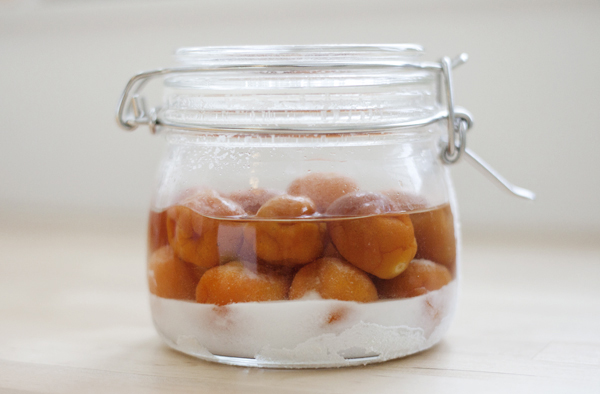
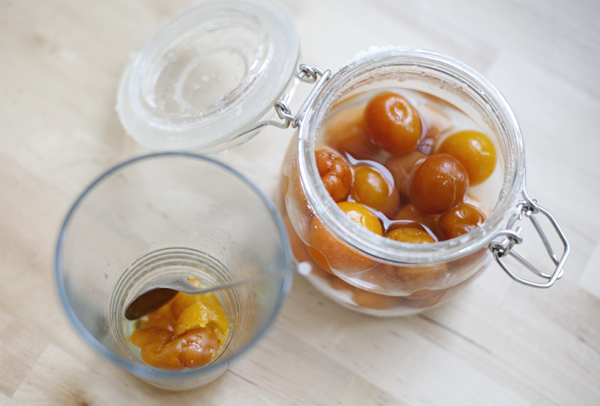
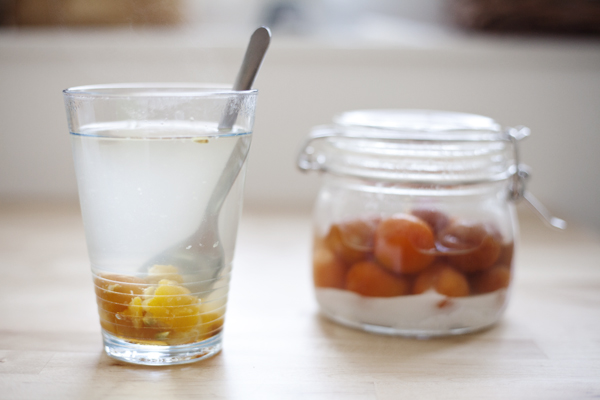
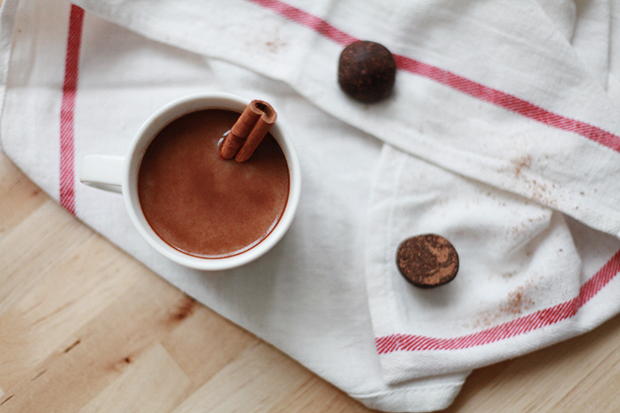
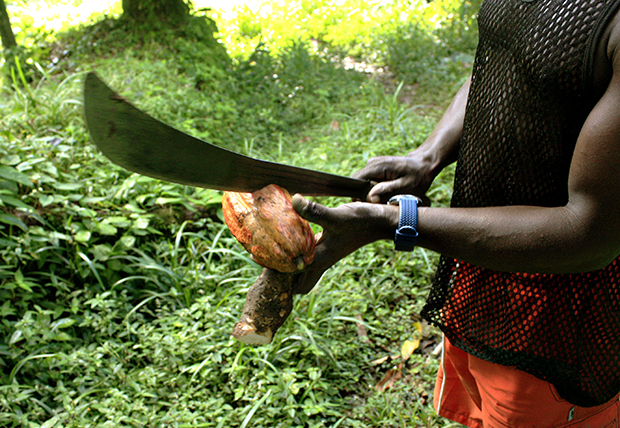
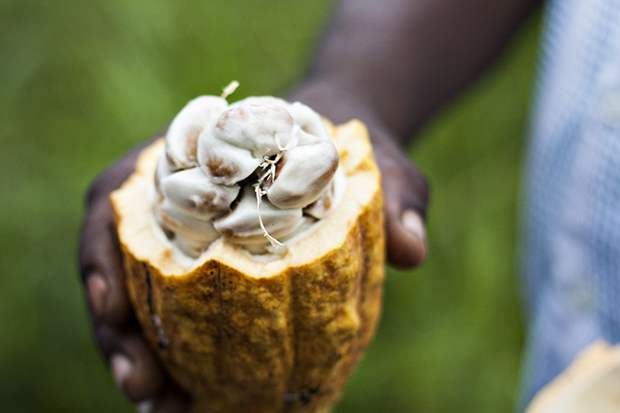
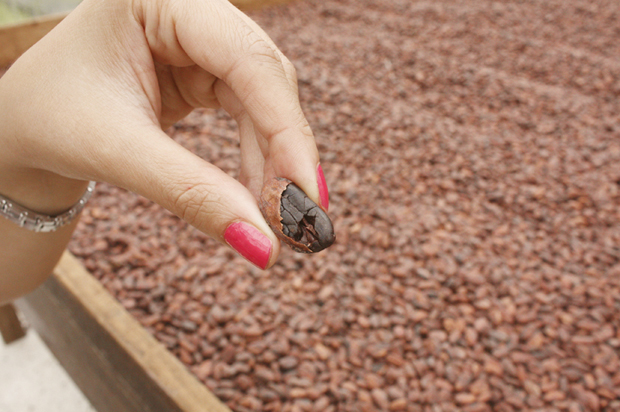
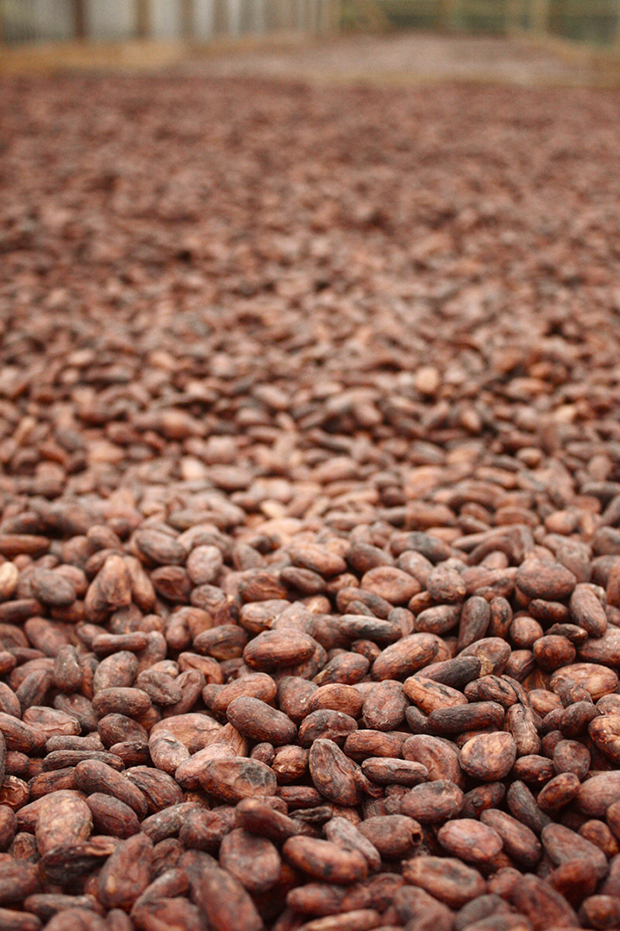
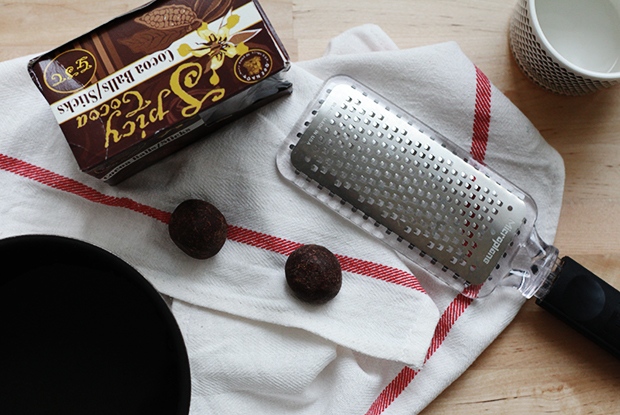
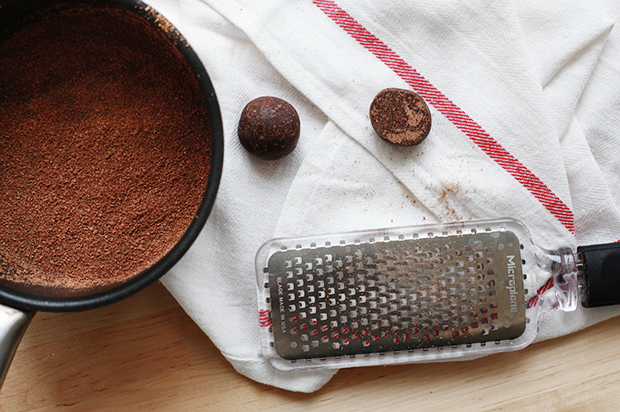
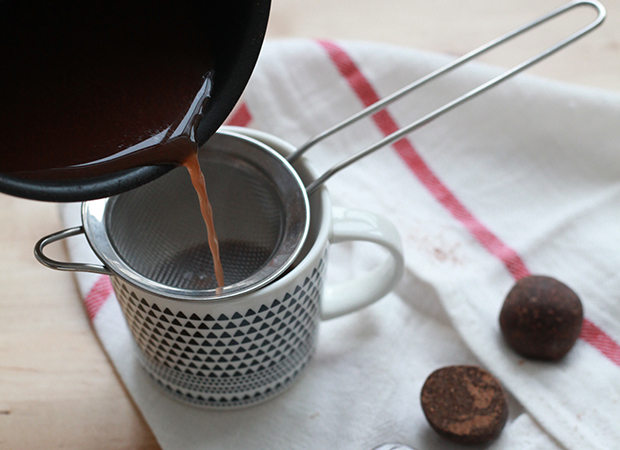 5. Strain directly into a mug and serve hot.
5. Strain directly into a mug and serve hot.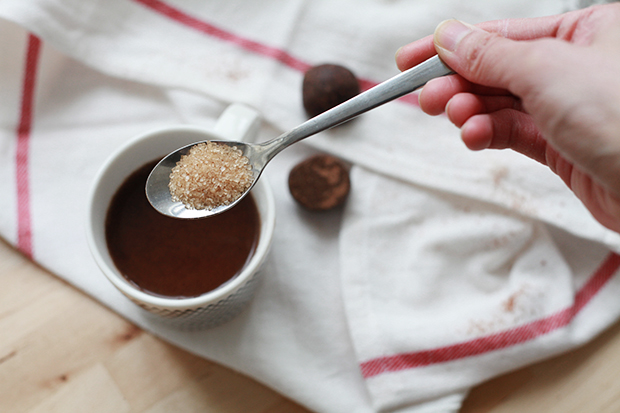




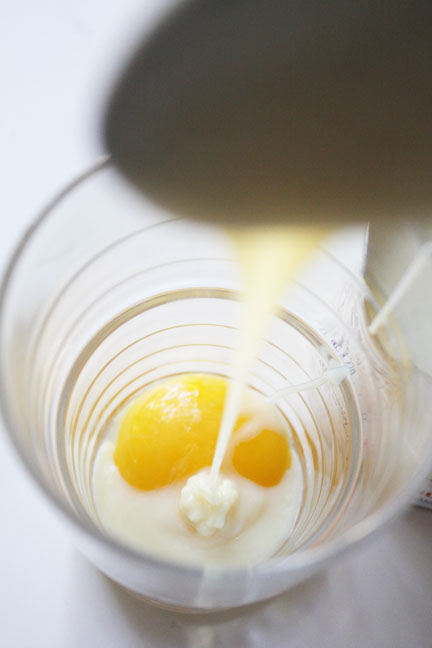





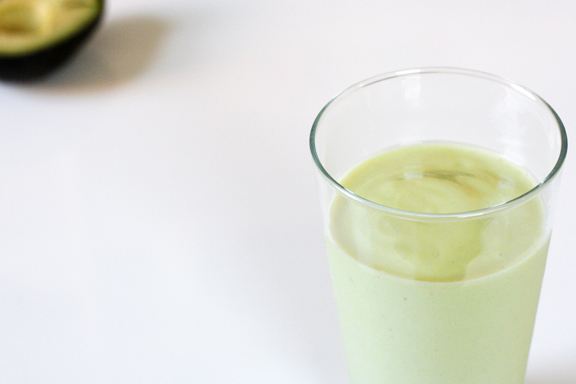









Connect with us